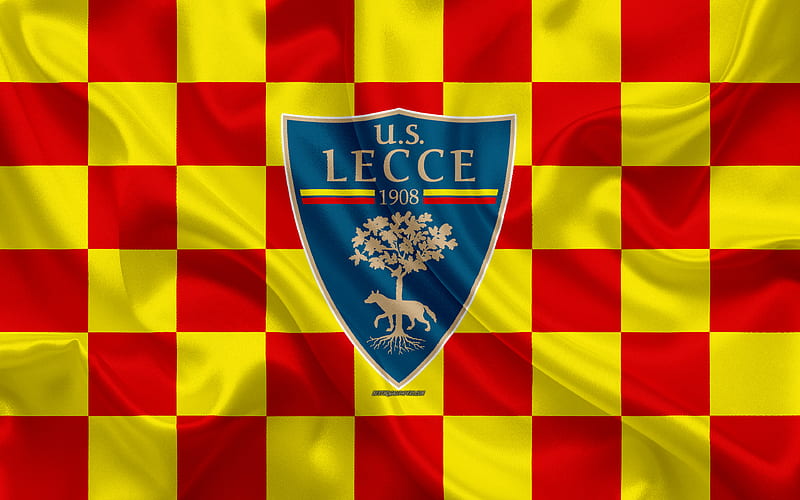
Blaublitz Akita FC is a notable football club in Japan that has garnered a significant following and respect within the Japanese football scene. Known for their passionate fan base, consistent efforts to climb the ranks of Japanese football leagues, and a unique blend of traditional and innovative playing styles, Blaublitz Akita FC stands out as an emblem of dedication and community spirit.
In this comprehensive overview, we will explore the origins, history, culture, and achievements of Blaublitz Akita FC, providing insights into what makes this club a fascinating entity within Japanese football. From their early days to their ambitions for the future, this article aims to offer a detailed and engaging exploration of the club’s journey and significance.
Origins and History of Blaublitz Akita FC
Understanding the roots of Blaublitz Akita FC offers valuable context into their identity and growth within the fiercely competitive landscape of Japanese football. The club was founded with a vision to develop local talent, promote community engagement, and foster a competitive spirit on the national stage 33win.
The club’s inception can be traced back to the early 2010s, a period marked by vibrant football culture proliferation across Japan. The founders, driven by a desire to elevate regional football and connect with local communities, established Blaublitz Akita FC as a vehicle for sporting excellence and social contribution. Their early years involved competing in regional leagues, where they quickly garnered attention for their spirited play and tactical discipline.
Throughout their development, Blaublitz Akita FC navigated through various league promotions, overcoming numerous challenges. The organizational structure stabilized as they gained support from local government and businesses, who recognized the potential of the club to foster regional pride. As they moved into the J3 League, their journey reflected steady progress coupled with strategic recruitment and youth development. This history of resilience and community-centered growth, combined with their sporting achievements, underscores the heritage that the club strives to uphold today.
Early Formation and Community Roots
The formation of Blaublitz Akita FC was rooted deeply in regional pride and a desire to bring football success to Akita Prefecture. Local stakeholders believed that establishing a professional club could serve as a catalyst for economic and social vitality in the area. These early days saw the club’s leadership focusing on grassroots initiatives, youth academy development, and forging partnerships with local schools and organizations.
Engaging the community became a cornerstone of their strategy. The club prioritized creating a welcoming environment where fans of all ages could feel connected to their team. This approach not only built a loyal supporter base but also nurtured local talent, many of whom would later progress into professional ranks. The early success in regional competitions added momentum, allowing Blaublitz Akita FC to gradually ascend the tiers of Japanese football and solidify its presence nationally.
Progression Through Japanese Football Tiers
As Blaublitz Akita FC progressed, the club demonstrated ambition and strategic planning. Moving from regional leagues to the J3 League, they faced formidable opponents but showcased resilience and tactical growth. The club’s leadership implemented innovative coaching methodologies, focusing on disciplined defensive play and quick counterattacks to maximize their competitive edge.
Their ascension through the Japanese football hierarchy was characterized by steady performance and targeted recruitment. Importantly, Blaublitz Akita FC investment in youth players fostered a sustainable model for future success. The club’s journey reflects a well-balanced combination of community engagement, strategic planning, and a genuine passion for football. Their history continues to inspire local players and fans alike, emphasizing that perseverance and community support are vital for sporting excellence.





